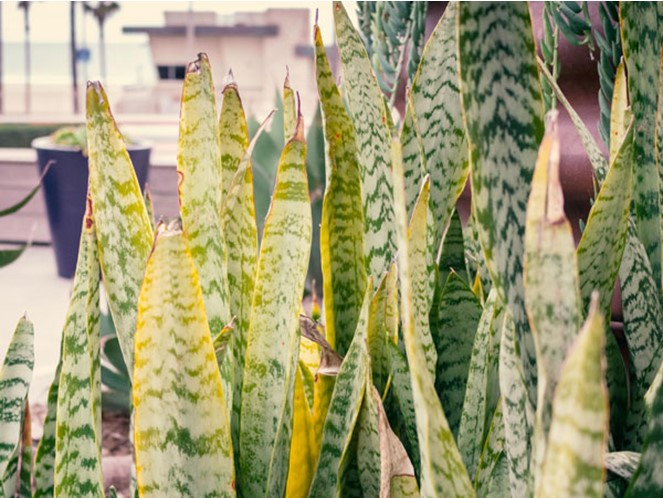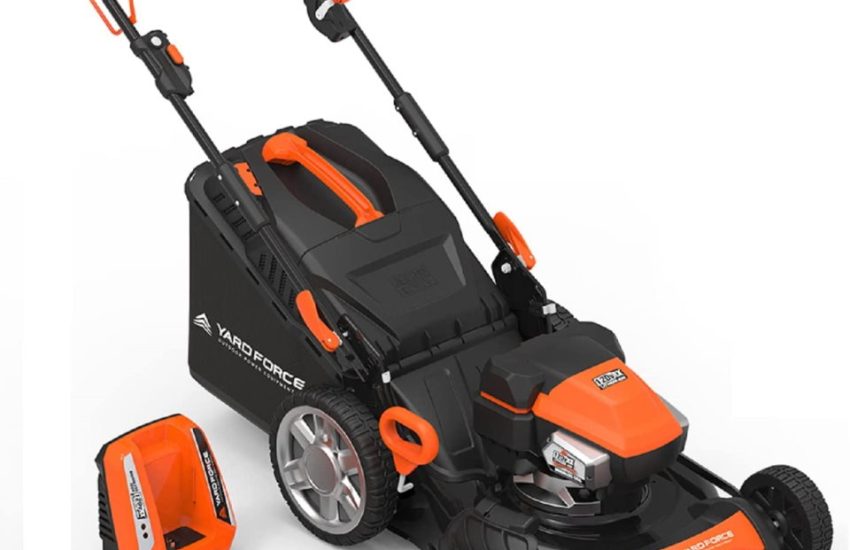Do You Deadhead Dahlias? A Guide to Keeping Your Plants Healthy and Beautiful
Deadheading dahlias is a common practice among gardeners that involves removing spent blooms from the plant. This technique is used to encourage the plant to produce more flowers and to prevent it from putting energy into producing seeds. Deadheading is a simple process that can be done throughout the growing season, but the question remains: do you deadhead dahlias?

The answer is yes. Deadheading dahlias is an important part of maintaining a healthy and vibrant plant. By removing spent blooms, the plant can focus its energy on producing new flowers rather than on seed production. This not only results in a more beautiful and abundant display of blooms, but it also prolongs the blooming season.
Deadheading dahlias is a relatively easy process. Simply remove the spent flower by cutting it off just above the first set of leaves below the bloom. This will encourage the plant to produce new growth and more flowers. It’s important to deadhead regularly throughout the growing season to ensure that the plant continues to produce new blooms. By following this simple technique, gardeners can enjoy a stunning display of dahlias throughout the summer and into the fall.
Deadheading Dahlias Explained
Dahlias are a popular flower in many gardens, and deadheading them can help promote healthy growth and extended blooming season. Deadheading is the process of removing spent blooms to encourage the plant to produce new growth and flowers. In this section, we will explore the benefits of deadheading dahlias, when to deadhead, how to identify spent blooms, proper deadheading techniques, aftercare following deadheading, and common mistakes to avoid.
Benefits of Deadheading
Deadheading dahlias can provide several benefits to the plant and garden. Removing spent blooms can redirect the plant’s energy towards producing new buds, resulting in a longer blooming season. It can also prevent the plant from wasting energy producing seeds, which can reduce the overall health of the plant. Deadheading can also improve the appearance of the garden by keeping it looking neat and tidy.
When to Deadhead Dahlias
Deadheading should be done throughout the blooming season, from summer until the first frost. It is essential to deadhead regularly to promote new growth and prevent the plant from wasting energy on spent blooms.
Identifying Spent Blooms
To properly deadhead dahlias, it is crucial to identify spent blooms. Spent blooms are flowers that have faded and lost their vibrant color. They can also be identified by the withering of the flower head and the appearance of seed pods.
Proper Deadheading Techniques
To deadhead dahlias, use pruning shears or scissors to snip the spent flower heads. Make sure to make a clean cut just above the first set of healthy leaves. This will encourage new growth and prevent over-pruning. It is also important to use the right tools and make a clean cut to prevent disease and pests from entering the plant.
Aftercare Following Deadheading
After deadheading dahlias, it is essential to provide proper aftercare. Water the plant regularly, fertilize as needed, and monitor for pests or disease. Proper aftercare can help promote healthy growth and prevent the plant from becoming stressed.
Common Mistakes to Avoid
When deadheading dahlias, there are common mistakes to avoid. One mistake is over-pruning, which can damage the plant and reduce its overall health. Another mistake is not making a clean cut, which can lead to disease and pests entering the plant. It is also important to avoid deadheading too early, as this can prevent the plant from producing new growth and flowers.
In conclusion, deadheading dahlias can provide several benefits to the plant and garden. By following proper deadheading techniques and providing proper aftercare, gardeners can promote healthy growth and extended blooming season.
Maximizing Dahlia Blooms
Optimal Planting and Growing Conditions
To maximize dahlia blooms, it is important to plant and grow them in optimal conditions. Dahlias thrive in well-drained soil, with a pH level between 6.0 and 6.5. They also require full sun exposure, so it is important to choose a location that receives at least six hours of direct sunlight per day. When planting dahlias, make sure to space them at least 18 inches apart to allow for proper air circulation.
Seasonal Care for Dahlia Plants
To ensure continuous flower production, it is important to provide seasonal care for dahlia plants. In the spring, apply a balanced fertilizer to encourage healthy growth. As the weather gets warmer, mulch around the plants to help retain moisture and suppress weeds. In the summer, deadhead spent blooms regularly to encourage new blooms. In the fall, stop deadheading to allow the plant to produce seeds for the next season.
Encouraging Reblooming
To encourage reblooming, it is important to remove spent flowers regularly. This will redirect the plant’s energy towards producing new blooms instead of producing seeds. Additionally, cutting back the plant by one-third in midsummer will encourage the growth of new buds and extend the blooming season.
Preventing Common Dahlia Problems
To prevent common dahlia problems such as fungal diseases and mushy or yellowing tubers, it is important to practice good maintenance. This includes removing any diseased or damaged foliage, providing adequate air circulation, and avoiding overwatering. It is also important to store tubers properly over the winter months by digging them up and allowing them to dry before storing them in a cool, dry place.
By following these tips and providing proper care, gardeners can maximize dahlia blooms and enjoy a beautiful display of flowers throughout the growing season.


